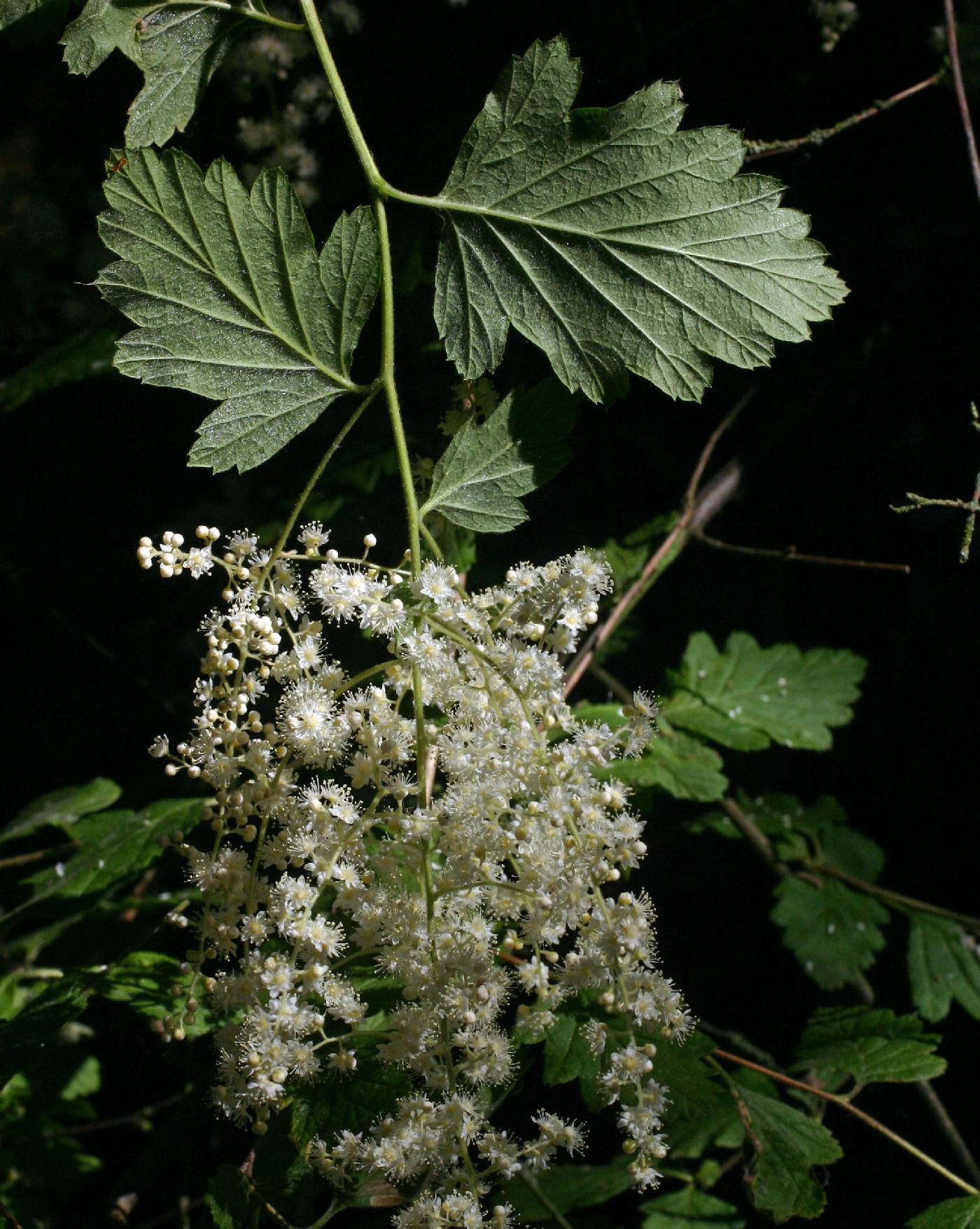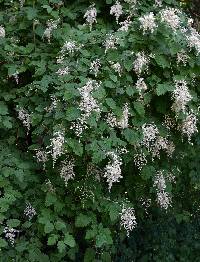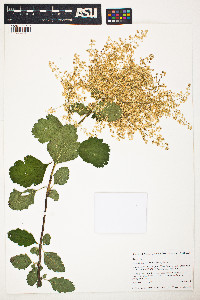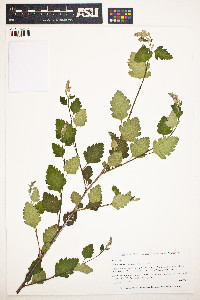|
Holodiscus discolor
 Explore 2 NEON Biorepository occurrences (redirected from: Holodiscus dumosus var. australis (A.Heller) F.A.Ley) |
|
|
Family: Rosaceae
oceanspray
[Holodiscus boursieri (Carr.) Rehd., more] |
|




